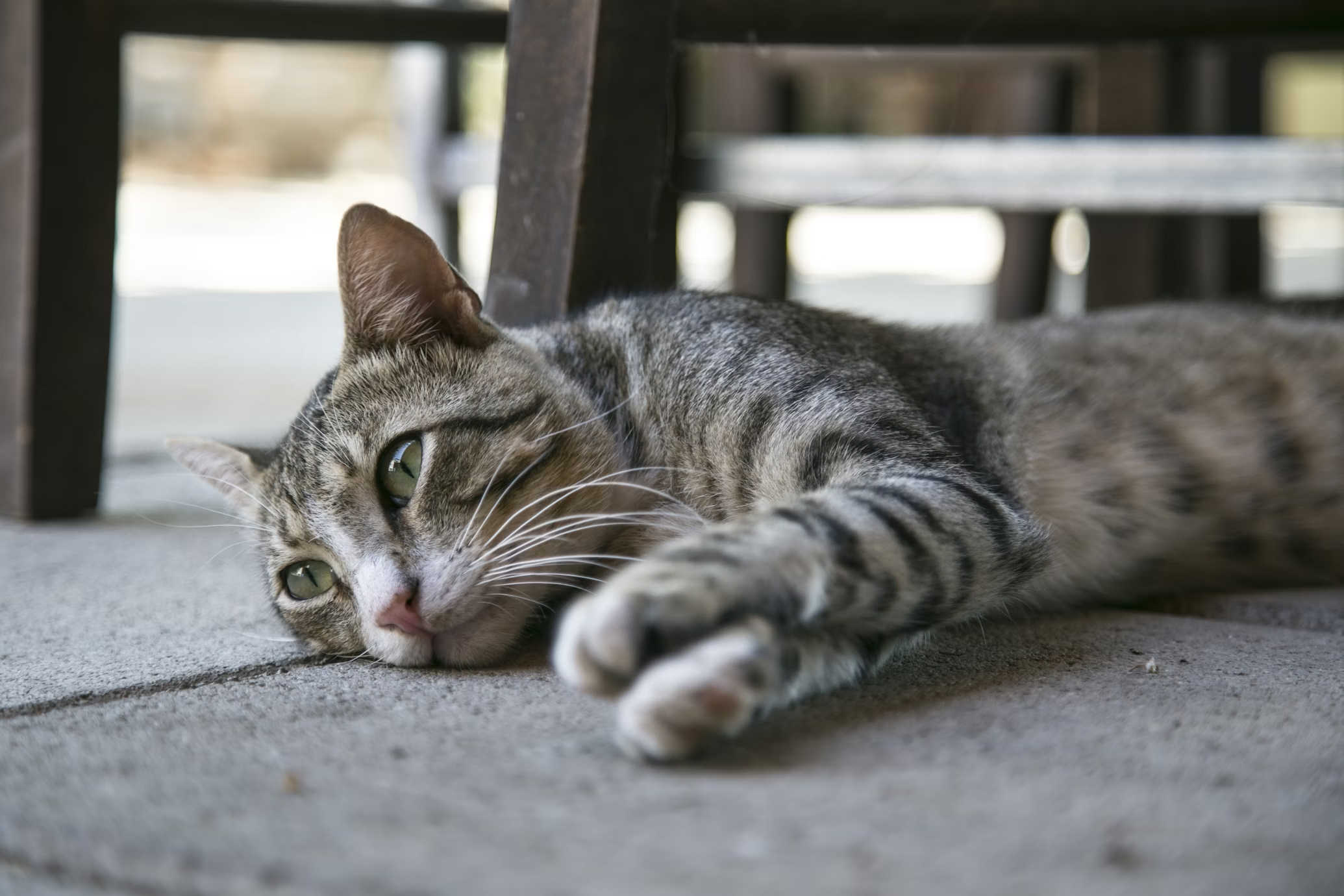
Singapore is home to a large population of stray cats, often seen lounging around HDB estates, parks, and alleys. These cats, also known as community cats, have become a significant part of the urban landscape. This comprehensive guide will help you understand how to interact with stray cats, including feeding, playing, and understanding why they are there in the first place. By the end of this article, you’ll be equipped with the knowledge to coexist peacefully with these feline neighbors.
Here is a video detailing the fun facts of stray cats in Singapore:
Why Are There So Many Stray Cats in Singapore?
Stray cats in Singapore often originate from abandoned pets or unsterilized cats that reproduce rapidly. According to a study by the Cat Welfare Society, there are an estimated 60,000 to 80,000 stray cats in Singapore. The climate and urban environment provide ample resources for these cats to thrive, leading to large colonies in certain areas.
Understanding Stray Cat Behavior
Stray cats, unlike domesticated pets, are often wary of humans. Their behavior can range from skittish to semi-friendly, depending on their previous interactions with people. Understanding their behavior is crucial for safe and effective interaction.
Body Language
Pay attention to the cat’s body language. A relaxed cat will have a loose, flowing tail and may approach you. In contrast, a cat with a puffed-up tail and flattened ears is scared or agitated.
Vocalizations
Cats communicate through various vocalizations. A meowing cat might be trying to get your attention, while a hissing or growling cat is signaling that it wants to be left alone.
Feeding Stray Cats
Feeding stray cats can be a rewarding experience, but it should be done responsibly to ensure their well-being and avoid community issues.
What to Feed
Provide a balanced diet suitable for cats. Canned cat food or dry kibble is ideal. Avoid feeding them human food, especially those that are toxic to cats, such as chocolate, onions, and garlic.
Feeding Stations
Set up feeding stations in discreet, sheltered areas to avoid attracting pests and causing inconvenience to residents. Clean up after feeding to maintain hygiene and prevent complaints.
Feeding Schedule
Feed stray cats at regular times to help them establish a routine. This also makes it easier to monitor their health and well-being.
For more information about feeding stray cats, please look into our other article HERE.
Playing with Stray Cats
Interaction with stray cats can help socialize them, making them more friendly and approachable. However, it’s essential to approach this with care.
Toys and Play
Use toys like feather wands or laser pointers to engage stray cats. This keeps them active and helps build trust. Avoid using your hands or feet as toys to prevent bites and scratches.
Gentle Approach
Always approach stray cats slowly and quietly. Allow them to come to you rather than forcing interaction. This builds trust and reduces stress for the cat.
Respect Their Space
Not all cats will be open to playing. Respect their boundaries and avoid forcing interaction if they seem uninterested or scared.
Sterilization and Population Control
One of the most effective ways to manage the stray cat population is through Trap-Neuter-Return (TNR) programs. These programs involve trapping stray cats, sterilizing them, and then returning them to their territories.
Benefits of TNR
TNR helps reduce the number of kittens born on the streets, which in turn decreases the overall stray cat population. It also improves the health and behavior of the cats, as sterilized cats tend to be less aggressive and healthier.
Getting Involved
Local organizations like the Cat Welfare Society run TNR programs. Volunteering or donating to these programs can make a significant impact on the stray cat population.
Legal and Community Considerations
Interacting with stray cats in Singapore also involves understanding and respecting legal and community guidelines.
Animal Welfare Laws
Under the Animal and Birds Act, it is illegal to abandon pets in Singapore. Ensuring that your pet cats are sterilized and kept indoors helps prevent the growth of the stray cat population.
Community Engagement
Engage with your neighbors and local authorities to promote responsible cat care. Address any concerns about stray cats constructively and work together to find solutions.
Conclusion
Living harmoniously with stray cats in Singapore is possible with a bit of understanding and effort. By responsibly feeding, playing with, and supporting sterilization efforts, you can make a positive impact on the lives of these community cats. Remember, each small action contributes to a healthier and more sustainable stray cat population in our urban environment.
For more information on how to help stray cats in Singapore, check out these resources:

Werner is an avid pet lover. Despite his love for pets, the only experience he has regarding animals is Animal Crossing on the Nintendo Switch.
“Animals are cute and we should protect them.”
Share this:
- Click to share on WhatsApp (Opens in new window) WhatsApp
- Click to share on Facebook (Opens in new window) Facebook
- Click to share on LinkedIn (Opens in new window) LinkedIn
- Click to share on Pinterest (Opens in new window) Pinterest
- Click to share on Tumblr (Opens in new window) Tumblr
- Click to share on X (Opens in new window) X
- Click to share on Reddit (Opens in new window) Reddit
- Click to share on Telegram (Opens in new window) Telegram
- Click to email a link to a friend (Opens in new window) Email
- Click to print (Opens in new window) Print
































